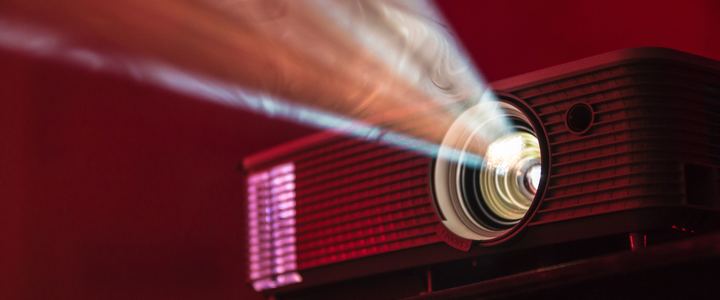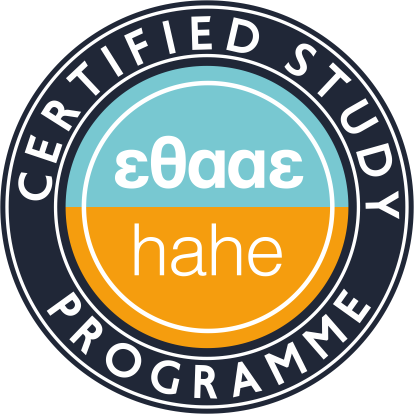
Dr. ir. Filip Vanhavere Head of expert group Radiation Protection Dosimetry and Calibration, Belgian Nuclear Research Centre SCK•CEN Mol, Belgium
Thusday, May 17, 12:30
Auditorium Α31
Abstract:
EURADOS is an organization founded in 1981 to advance the scientific understanding and the technical development of the dosimetry of ionising radiation in the fields of radiation protection, radiobiology, radiation therapy and medical diagnosis by promoting collaboration between European laboratories. EURADOS operates by setting up Working Groups dealing with particular topics i.e. computational dosimetry, internal dosimetry, complex mixed radiation fields, and radiation protection dosimetry of medical staff, retrospective dosimetry.
Some years ago a EURADOS working group focused on the use of active personal dosimeters. A catalogue was composed with most of the existing active personal dosimeters, and their main characteristics. In view of the possible use of active personal dosimeters for legal dosimetry, a study was conducted on the reliability of dosimetric systems, and a questionnaire for the end-users was made and analysed.
As a conclusion of this action, an intercomparison for active personal dosimeters was organised in collaboration with the IAEA. The performance of the APDs was tested in comparison with the IEC 61526 and IEC 61283 standards. During FP6 the CONRAD project was lead by EURADOS. Research was conducted in different working groups on various aspects of radiation protection. One specific group looked at the radiation protection for medical staff. Next to extremity dosimetry in nuclear medicine and interventional radiology and double dosimetry (lead apron), the use of electronic personal dosimeters in interventional radiology was investigated.
Following the work on medical staff, the ORAMED project, (www.oramed-fp7.eu) was set up to optimize the working procedures in these medical fields with respect to radiation protection. The objective of WP3 of ORAMED was to optimize the use of active personal dosimeters (APDs) in interventional radiology. Interventional radiology procedures can be very complex and they can lead to relatively high doses to medical staff that stand close to the primary radiation field and are mostly exposed to radiation scattered by the patient. Very few devices can detect low energy radiation fields and none of them are specially designed for working in pulsed radiation fields. Therefore, an extensive test program has been performed, leading to specific guidelines for the use of APDs. Different existing APDs have been tested for the first time under conditions that are representative of the conditions met in clinical practice. In the presentation an overview will be given on the results of these different working groups and projects, all focused on the active personal dosimeters.
Speacker:
Auditorium Α31
Abstract:
EURADOS is an organization founded in 1981 to advance the scientific understanding and the technical development of the dosimetry of ionising radiation in the fields of radiation protection, radiobiology, radiation therapy and medical diagnosis by promoting collaboration between European laboratories. EURADOS operates by setting up Working Groups dealing with particular topics i.e. computational dosimetry, internal dosimetry, complex mixed radiation fields, and radiation protection dosimetry of medical staff, retrospective dosimetry.
Some years ago a EURADOS working group focused on the use of active personal dosimeters. A catalogue was composed with most of the existing active personal dosimeters, and their main characteristics. In view of the possible use of active personal dosimeters for legal dosimetry, a study was conducted on the reliability of dosimetric systems, and a questionnaire for the end-users was made and analysed.
As a conclusion of this action, an intercomparison for active personal dosimeters was organised in collaboration with the IAEA. The performance of the APDs was tested in comparison with the IEC 61526 and IEC 61283 standards. During FP6 the CONRAD project was lead by EURADOS. Research was conducted in different working groups on various aspects of radiation protection. One specific group looked at the radiation protection for medical staff. Next to extremity dosimetry in nuclear medicine and interventional radiology and double dosimetry (lead apron), the use of electronic personal dosimeters in interventional radiology was investigated.
Following the work on medical staff, the ORAMED project, (www.oramed-fp7.eu) was set up to optimize the working procedures in these medical fields with respect to radiation protection. The objective of WP3 of ORAMED was to optimize the use of active personal dosimeters (APDs) in interventional radiology. Interventional radiology procedures can be very complex and they can lead to relatively high doses to medical staff that stand close to the primary radiation field and are mostly exposed to radiation scattered by the patient. Very few devices can detect low energy radiation fields and none of them are specially designed for working in pulsed radiation fields. Therefore, an extensive test program has been performed, leading to specific guidelines for the use of APDs. Different existing APDs have been tested for the first time under conditions that are representative of the conditions met in clinical practice. In the presentation an overview will be given on the results of these different working groups and projects, all focused on the active personal dosimeters.
Speacker:
- Studied Civil Electrotechnical Engineer in Physics and Nuclear Engineer in Ghent University in Belgium 1987-1993
- Erasmus training in Aristotle University Thessaloniki 1993
- PhD in Applied Sciences: "Neutron dosimetry with Bubble Detectors" 1999
- 6/1996-present: Head of Expert Group Radiation Protection Dosimetry and Calibration at the SCK•CEN (instrumentation: service: maintenance of radiation surveying equipment, calibration: service: gamma and neutron radiation monitors, non-nuclear calibrations, dosimetry: research and service: personal dosimeter service, extremity dosimeters, environmental dosimeters, optically stimulated luminescence, medical dosimetric applications: research)
- Member of the Belgian Radiation Protection Society (BVS-ABR) and the French Radiation Protection Society (SFRP)



